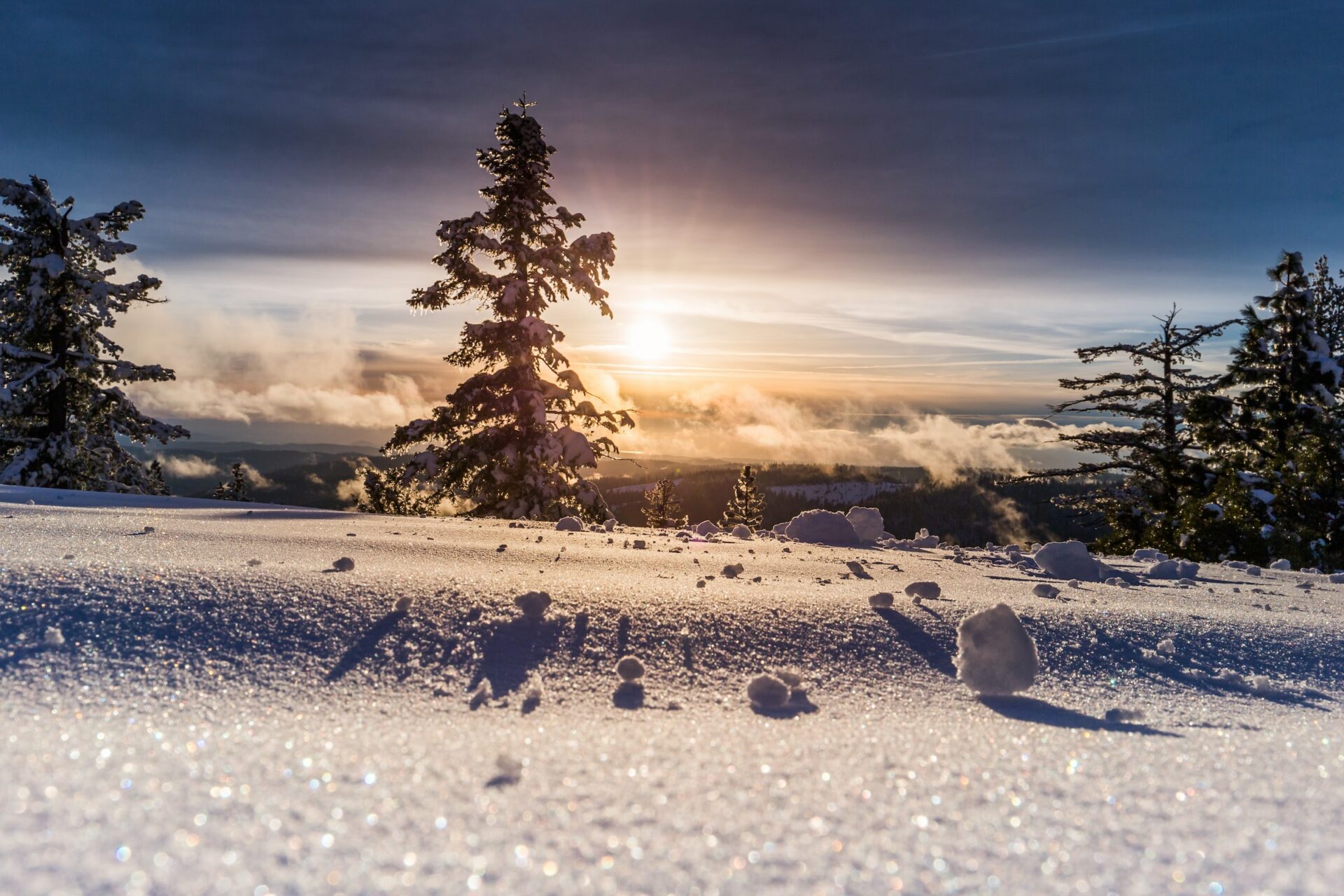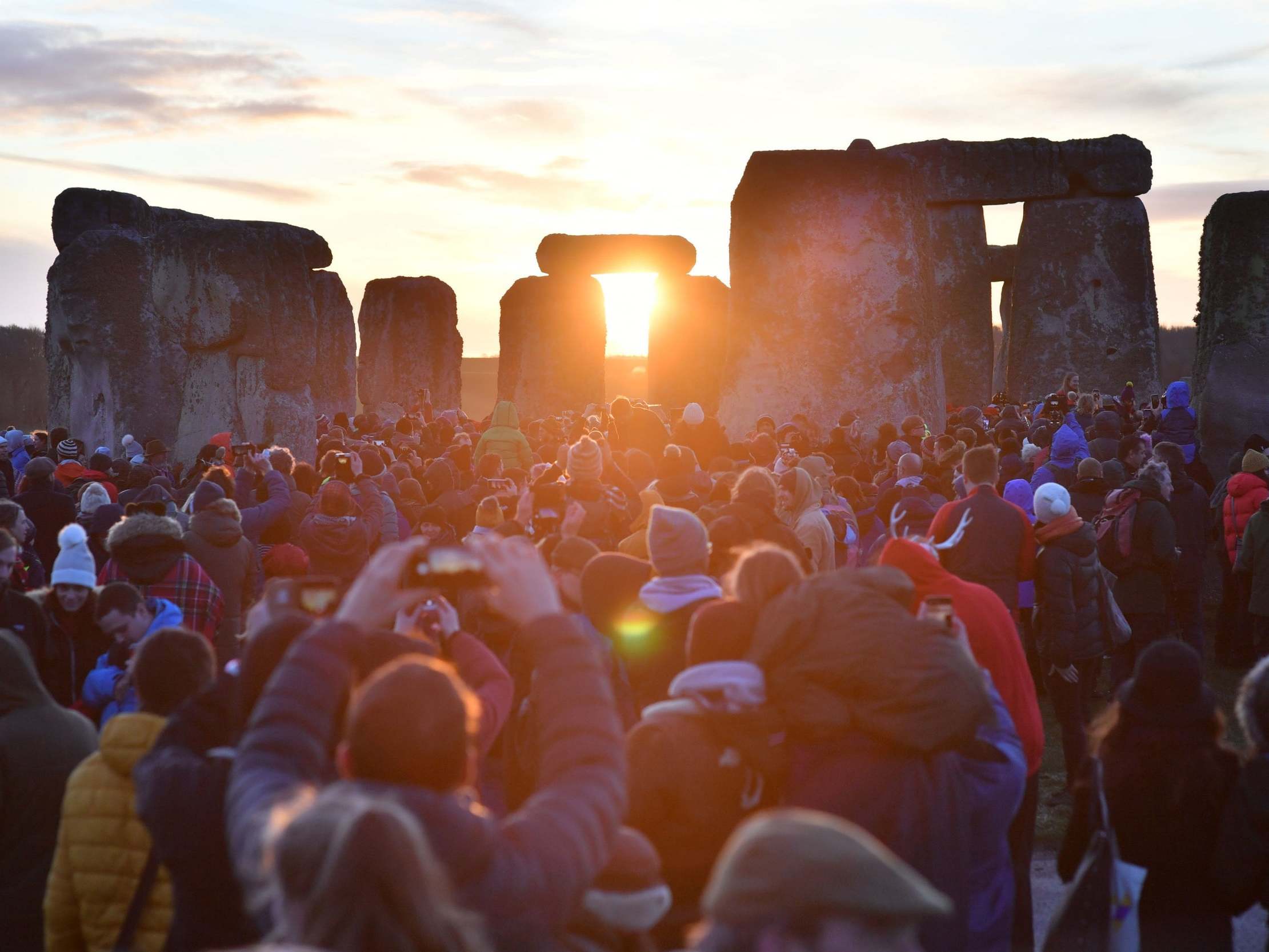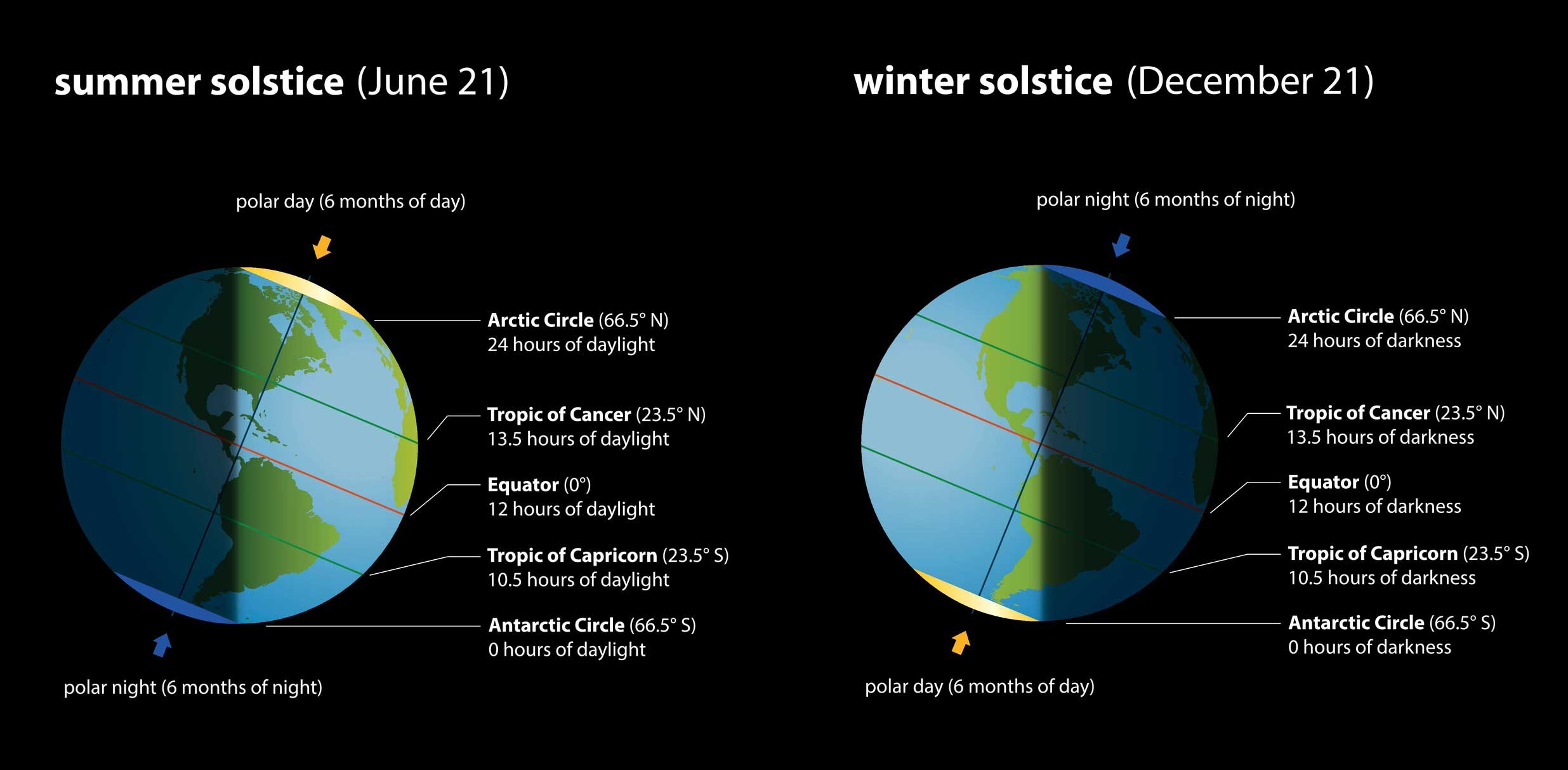What is Winter Solstice: The Longest Night And Shortest Day?
Our Winter Solstice Celebration — Jenn Gallucci - Source www.jenngallucci.com
Editor's Notes: "Winter Solstice: The Longest Night And Shortest Day" have published today date, December 21, 2023 by The Guide. Winter Solstice: The Longest Night And Shortest Day is an important knowledge to learn as it will help you understand about the timing and characteristics of the winter solstice in the Northern Hemisphere. Get the full insight about winter Solstice: The Longest Night And Shortest Day here!
Through some analysis, digging information, made Winter Solstice: The Longest Night And Shortest Day we put together this Winter Solstice: The Longest Night And Shortest Day guide to help target audience make the right decision.
| Key Differences | Winter Solstice: The Longest Night And Shortest Day |
|---|---|
| Date | December 21 or 22 in the Northern Hemisphere |
| Significance | Shortest day and longest night of the year |
| Characteristics | Low sun angle, early sunsets, and late sunrises |
| Cultural traditions | Celebrated in many cultures around the world |
| Astronomical event | Earth's tilt away from the sun |
Main article
FAQ
This article presents common questions and answers about the winter solstice, the longest night and shortest day of the year. Read on to learn more about this celestial phenomenon.

Shortest day and longest night of the year. Winter solstice is today - Source polanddaily24.com
Question 1: When exactly does the winter solstice occur?
Answer: The exact timing of the winter solstice varies slightly each year; however, it generally falls around December 21 or 22 in the Northern Hemisphere and June 20 or 21 in the Southern Hemisphere.
Question 2: What causes the winter solstice?
Answer: The winter solstice is a result of the Earth's tilt on its axis as it orbits the sun. During this time, the North Pole is tilted away from the sun, leading to shorter days and longer nights in the Northern Hemisphere.
Question 3: Does the winter solstice mark the beginning of winter?
Answer: The winter solstice is an astronomical event, while winter is a meteorological season. In many cultures, the winter solstice is considered the start of winter, but meteorologically, winter begins on December 1st in the Northern Hemisphere and June 1st in the Southern Hemisphere.
Question 4: Are there any cultural or historical significances associated with the winter solstice?
Answer: The winter solstice has been recognized and celebrated in various cultures throughout history. In some traditions, it marks a time of reflection, rejuvenation, and the return of light. Many cultures associate the winter solstice with festivals, rituals, and gatherings.
Question 5: Why is the winter solstice considered the longest night?
Answer: The winter solstice is the day with the shortest period of daylight and the longest period of darkness. This is because the Earth's axis is tilted away from the sun during this time, resulting in less sunlight reaching the Northern Hemisphere.
Question 6: How can I experience the winter solstice?
Answer: The best way to experience the winter solstice is to observe the sunrise and sunset times. On this day, the sunrise will be at its latest, and the sunset will be at its earliest, making it the shortest day of the year. Winter Solstice: The Longest Night And Shortest Day provides additional information about winter solstice celebrations worldwide.
The winter solstice is a time of great astronomical and cultural significance. By understanding the science and history behind this event, we can appreciate its impact on both the natural world and human traditions.
Tips
Here are some thoughtful ways to celebrate the winter solstice:

Winter Solstice 2020: Meaning Traditions and Celebrations! - Source www.hayvine.com
Tip 1: Gather with loved ones
Spend time with family and friends to create a sense of warmth and community during the darkest days of the year.
Tip 2: Reflect on the past year
Take some time to reflect on the year that has passed, both the challenges and the blessings. This can help provide a sense of closure and prepare you for the new year.
Tip 3: Set intentions for the new year
As the new year approaches, consider setting some intentions for what you hope to achieve or experience in the coming year.
Tip 4: Engage in creative activities
The winter solstice is a good time to engage in creative activities such as writing, painting or music. These activities can help you express yourself and connect with your inner self.
Tip 5: Practice self-care
During the winter months, it's important to prioritize self-care. This may include getting enough sleep, eating healthy foods and exercising regularly.
By following these tips, you can make the winter solstice a meaningful and enjoyable experience.
Winter Solstice: The Longest Night And Shortest Day
The Winter Solstice, commonly known as the shortest astronomical day and the longest night in the Northern Hemisphere, signifies a pivotal moment in the annual solar cycle, serving as an astronomical indicator for the arrival of winter and the eventual days of increased sunlight.
- Astronomical Event: The Winter Solstice occurs annually between December 20th and 22nd, marking the precise moment when the Sun reaches its southernmost point in the sky as seen from the Northern Hemisphere.
- Seasonal Shift: It symbolizes the transition from autumn to winter, bringing with it shorter days and longer nights, as the Earth's axial tilt away from the Sun reaches its maximum.
- Cultural Symbolism: Throughout history, the Winter Solstice has held immense cultural and spiritual significance in various societies, with ancient civilizations often observing it through rituals, festivals, and celebrations.
- Celebration of Light: In many cultures, the Winter Solstice is associated with the return of light and the triumph over darkness, with observances such as lighting bonfires and candles representing the gradual increase in daylight hours.
- Symbol of Renewal: Coinciding with the onset of winter, the Winter Solstice is also seen as a time of reflection and introspection, symbolizing the passing of the old and the beginning of new.
- Northern Hemisphere Focus: It's worth noting that the Winter Solstice refers specifically to the astronomical event in the Northern Hemisphere, while in the Southern Hemisphere it marks the Summer Solstice, with the longest day and shortest night.

Sunset In The Winter Snow, Winter Solstice The Shortest Day And Longest - Source cartoondealer.com
These key aspects underscore the significance of the Winter Solstice, highlighting its astronomical, seasonal, cultural, and symbolic dimensions. From ancient rituals to modern-day celebrations, this enigmatic event continues to captivate and inspire, serving as a reminder of the Earth's intricate celestial journey and the cyclical nature of the seasons.

Time Winter Solstice 2024 - Tara Zulema - Source danitqannalise.pages.dev
Winter Solstice: The Longest Night And Shortest Day
The winter solstice is the day with the shortest period of daylight and longest night of the year, when the Sun is at its lowest position in the sky. It occurs annually on December 21 or 22 in the Northern Hemisphere and June 20 or 21 in the Southern Hemisphere. The winter solstice marks the astronomical beginning of winter.
| Region | Tradition |
|---|---|
| Europe | Yule |
| China | Dongzhi Festival |
| Japan | Tōji |
| Mexico | Posadas |
| Peru | Inti Raymi |

What Is Winter Solstice? Learn About the Shortest Day of the Year - Source www.newsweek.com
Conclusion
The winter solstice is a significant astronomical event that has been celebrated by cultures around the world for centuries. The day marks the astronomical beginning of winter and the return of longer days. The solstice is a reminder of the cyclical nature of the seasons and the importance of light in our lives.
EmoticonEmoticon